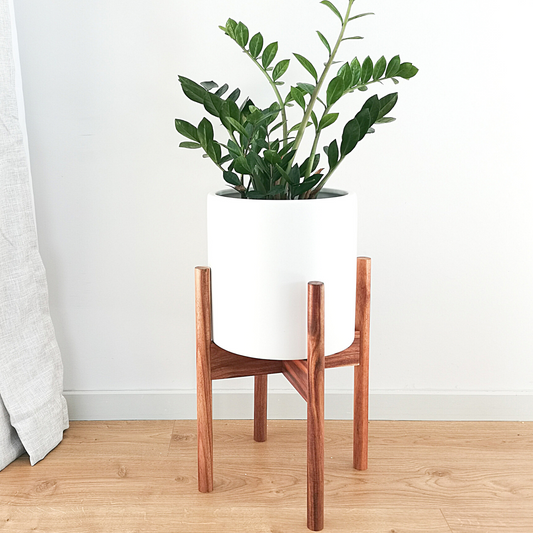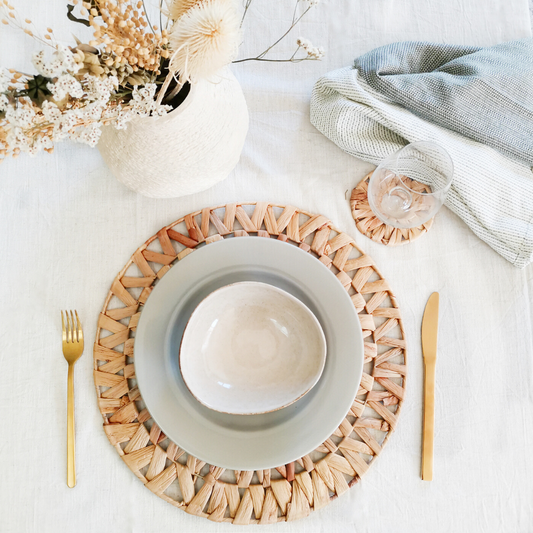
Hiring a professional to do the overall layout of your home is all great and nice, but they can be very expensive! Even a one-time consulting fee can set you back a thousand grand or even greater if you hire someone with years of trusted experience.
That’s why for many people, DIY home projects are a great alternative! With just a few clicks on the web, they can already learn a thing or two about woodworking, designing, and many more. But as you’re not a professional, you’re bound to make mistakes, some even crucial. Sometimes, these can even be a deal-breaker for your home.
Everyone who has renovated their homes themselves has surely fallen into one of these pitfalls! I did too because I didn’t know better. Luckily, I learned my lessons and I hope to share them with you on this blog.
Here are some of the most common mistakes to avoid when starting a DIY project in designing your home.
Matching every color of your decors
You’re standing in the middle of your freshly painted walls with all your decors in place — but something seems lacking! You don’t exactly know what went wrong as you matched all the colors according to your Pinterest inspiration. Well, you may be matching colors too much!
Of course, it’s understandable that you want every nook and cranny of your home as perfect and as harmonious as possible. However, sticking to only one shade of color/colors for your home can lead to your space looking repetitive, and lacking visual interest and character.
The solution? Pop some contrast!

Adding contrast to your interiors can liven up a space and produce a striking aesthetic. The most common way to do this is to use complementary colors (like black and white). Think of adding bits of dark-colored pieces to light-colored space, or vice versa. For example if your walls are painted white, you can add contrast by popping in patterned rugs with black touches.
But it doesn’t always have to be opposite colors, especially if you’re not a fan of high-contrast colors. You can still opt for just one or two colors and build contrast by creating a layered effect wherein you incorporate different shades of the same color.
Mixing pieces with different materials, textures, and patterns can also work great in creating depth and contrast. Think of wooden furniture, printed rugs, textured pillows, ceramic vases, and many other elements.
If you want a quick fix that you can easily change anytime, you can simply get Printable Wall Arts that complements your space. This way you get to change your accent colors anytime you want and fill up the dead spaces at home too.
Pushing furniture pieces against the wall
Ever wondered why your furniture doesn’t fit your space even if you measured them accurately over and over again! It may be because of the layout of your space! For once, don’t push all your furniture pieces against the wall!
While it may seem like an obvious choice for most people, pushing your furniture further against the wall can limit the workable space in your space. Often, you’ll be left with plenty of dead spaces which you tend to fill with clutter.
Designate a focal point and work around it

I’ve been a victim of this too, so I know exactly what to share with you! If you want to layout effectively, have one focal point. It can be anything from a TV, printed sofa, coffee table, rug, or window — you have the call on which should be the focal point in your home.
Once you decide on it, design around it! This can encourage better traffic flow, and not make your home feel empty from pushing furniture against the wall! You make use of every bit of space at home wisely if you focus on just one thing and not on several things all at once.
Eyeballing the size of your furniture
If you can buy furniture for your home right now, what would you consider first? Are you concerned with how well they complement the motif of your home? Or, are you more concerned if they fit the layout of your space? I’m pretty sure only a few chose the latter!
Most people tend to overlook measurements for more aesthetic reasons like prints and designs, but they’re vital in filling out your space. You don’t want to purchase your furniture, only to return them because it doesn’t fit your space, right?
Measure over and over again

As a rule of thumb, measure your furniture and space with a measuring tool. Don’t rely on your eyes alone — unless you have a built-in ruler in your mind! And don’t simply measure it; write them down. I know from experience how you can easily interchange these numbers!
It also comes in handy to bring a measuring tool when shopping! You can never be too sure even when you’ve got the same measurement results. You may look silly when measuring in the shop — but, at least, you get the perfect-sized furniture!
Failing to swatch colors of your home
Big news: there are more colors than what you see on the rainbow! There is a wide spectrum of colors available which aren’t available at the store. From wine red, sangria, and garnet, to avocado green, chartreuse, mint green, and army green, you always have plenty of choices!
The downside is, most people get confused with these choices! For a safer route, they’d rather choose white, black, or gray. While these colors are great for homes as they can easily match any other colors, they shouldn’t shoo you away from an array of color options.
Study the art of colors for homes

Choosing the colors for your home can be tricky. It may look good on your mind, but it may be far off from reality! There are factors such as light sources, the layout of your home, the direction of your house, among others that affect how you see color in real life.
Once you’ve studied all these, you may be able to pick the right color for your home. It can be a handful as they’re very complicated concepts but don’t hesitate to ask the pros and consultants at your local paint or home improvement stores.
Still, I think the best way to choose the right color is to test them on your walls. Get a sample amount of your color choices, and paint the sample choices side by side on one section of your walls (ideally, the ones that are hidden or do not get too much attention). Once you decide which color to go with, lightly sand that section so it’s easier to paint over it.
If you're looking to DIY your walls, take a look at this dramatic before and after feature wall from The Harbour Breeze Home. The best part? It absolutely cost them nothing to do their master bedroom wall makeover! So go and get some tips from her about painting walls like a pro!
Relying on bulbs to brighten the home
If you have your bulbs turned on through night and day, you may need to redesign your home! Sure, bulbs are the only light source during the night but the same isn’t true during the day. You have the most reliable source during the day — the sun!
Don’t simply rely on bulbs to light up the dark spots or dead zones in your home. Find a way to harness natural light. And no, it’s not always installing another window at home. Here’s what I do to make use of the sun.
Use light-colored blinds or curtains

What does the color of your curtains have to do in brightening up your home? Light-colored curtains reflect the light, expanding its reach at home even more! On the other hand, dark-colored curtains absorb light, limiting their reach to only certain areas and don’t blend in as well to the walls.
Got some mistakes you’ve also encountered while you’re having DIY home designing projects? Share it in the comments and help those who are also looking to start their DIY projects!
Are you looking for more home decor inspirations and ideas for your space? We might be able to help! We've curated a collection of minimalistic home decor pieces that easily fits in a variety of interior design styles.








